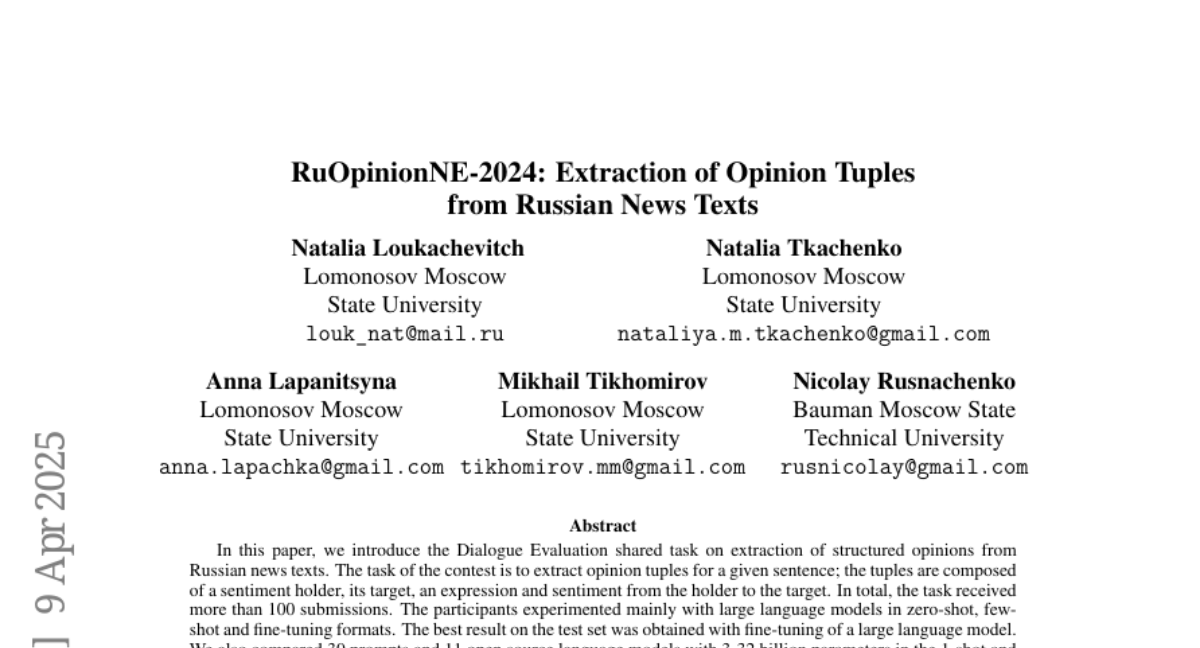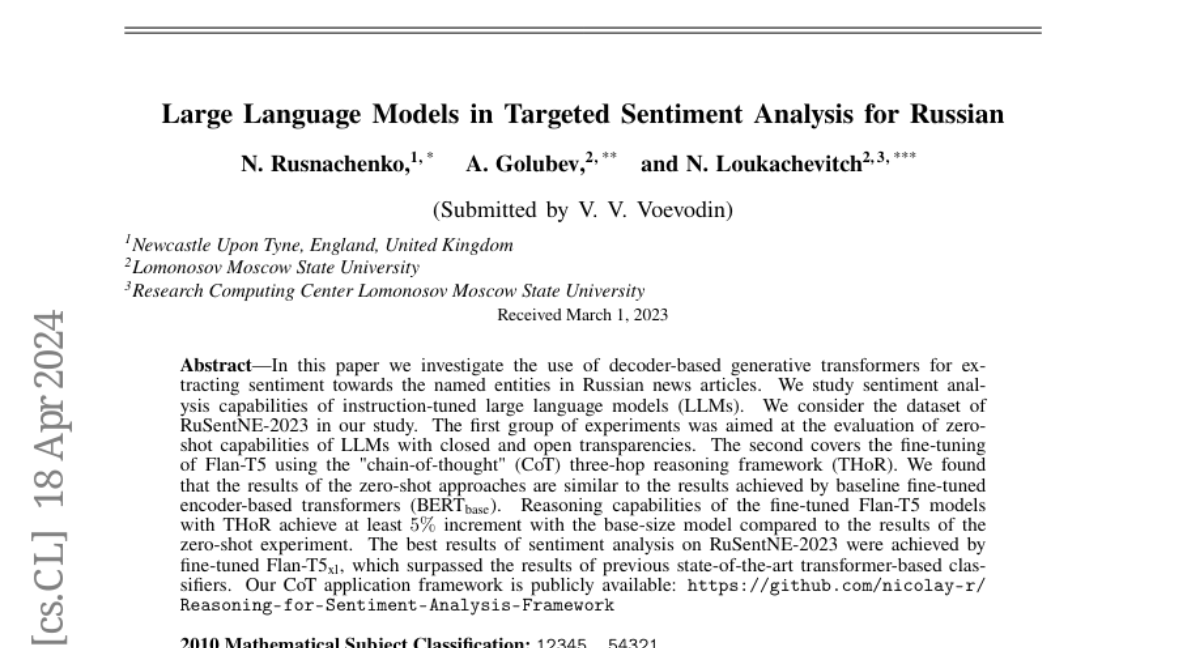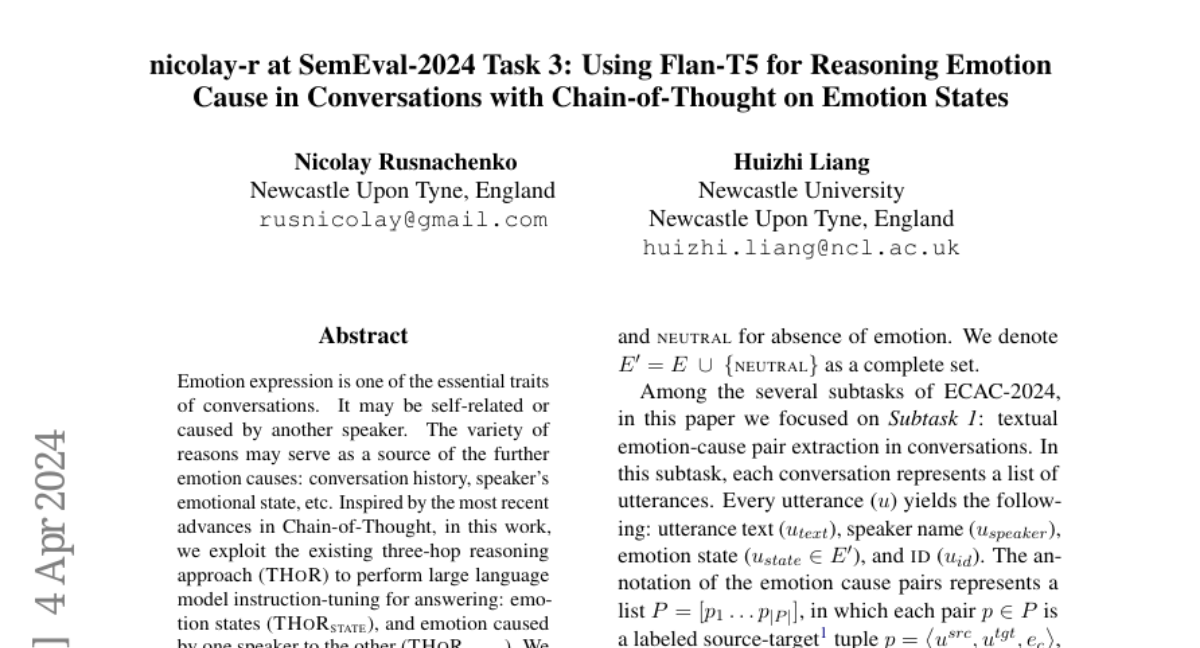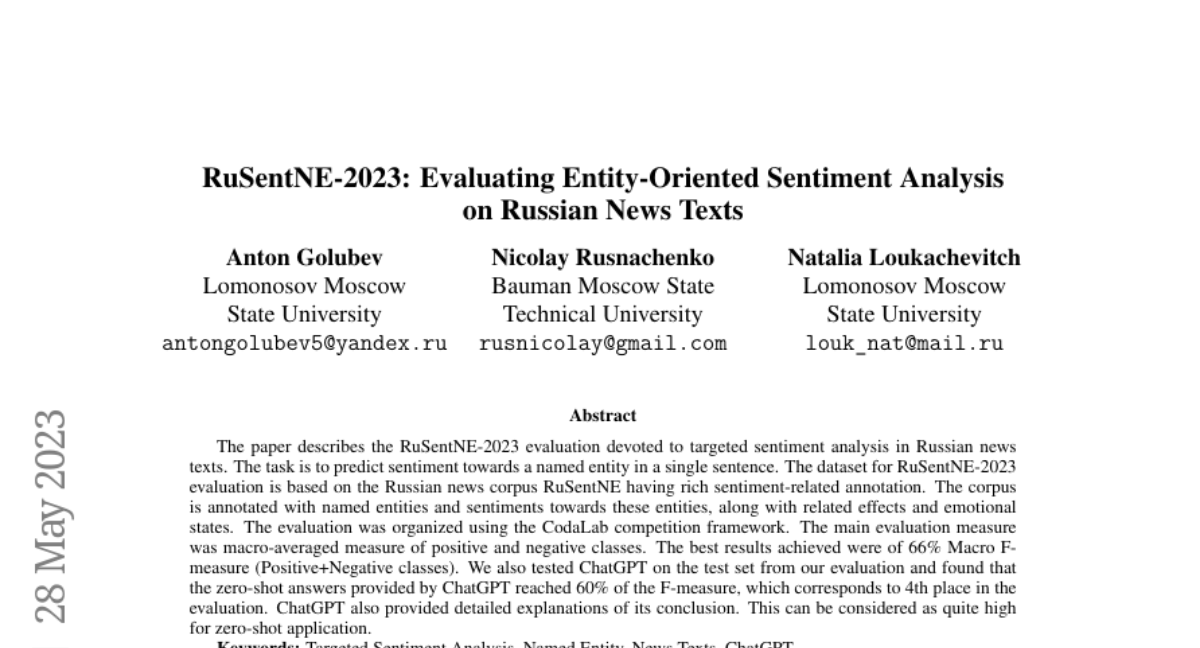Post
2882
📢 For those who planning to start a PhD or research in the UK 🇬🇧 (including AI field in particular) but facing ATAS (Academic Technology Approval Scheme) issues.
Excited to share the ultimate guide for dealing with ATAS refusals and how to write effective rebuttal letters.
🎬 https://youtu.be/bfknM3n-SHs
🔍 From the video you will find:
1. Why appealing an ATAS decision matters even if your visa is approved
2. Which docments to use in understanding the principles behind sponsorship decisions
3. Key tips for proper rebuttal letter structuring
Excited to share the ultimate guide for dealing with ATAS refusals and how to write effective rebuttal letters.
🎬 https://youtu.be/bfknM3n-SHs
🔍 From the video you will find:
1. Why appealing an ATAS decision matters even if your visa is approved
2. Which docments to use in understanding the principles behind sponsorship decisions
3. Key tips for proper rebuttal letter structuring



